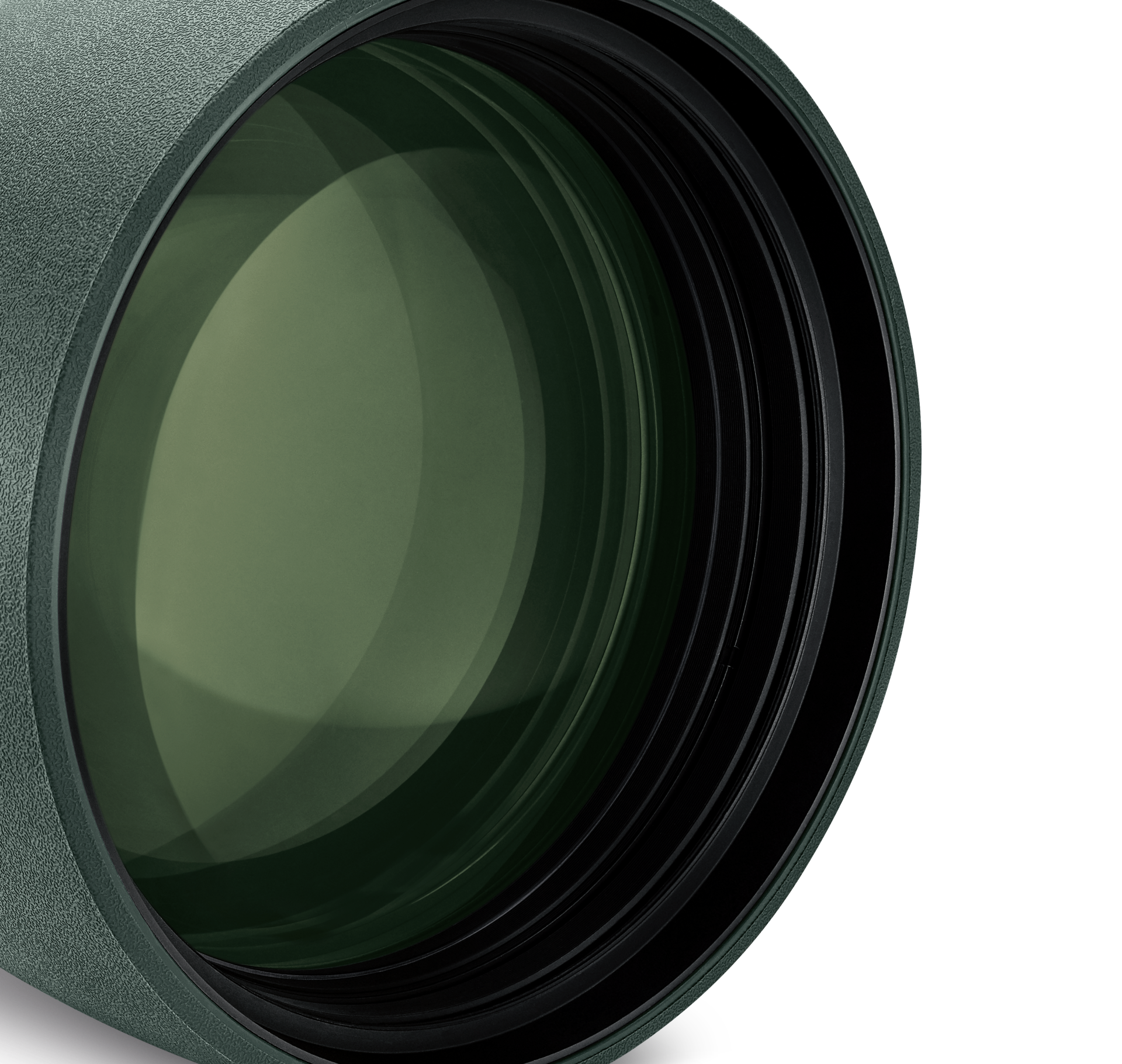EXPECT THE UNEXPECTED


Menu
Products
Intended use
Service


Product & Technical Services, Tips & Care, Tutorials, Downloads, Declarations of conformity

Light as a feather, small, and yet packed with state-of-the-art optics: that’s the CL Curio 7x21. They are the lightest and most compact binoculars in their class. The CL Curio binoculars are intuitive to use, combining excellent viewing comfort with unrivaled optical performance. Designed by the award-winning designer Marc Newson, they stand out thanks to their clear styling. EXPECT THE UNEXPECTED.
Images are for illustrative purposes only. Please note the actual scope of delivery (see below).
EXPECT THE UNEXPECTED


The CL Curio binoculars prove that compact dimensions and optical brilliance are not mutually exclusive. A large field of view of 135 m (405 ft/1,000 yds), 7x magnification, and a weight of just 250 g (8.9 oz) make the CL Curio the ideal companion for every trip. Whether you’re exploring nature, looking for sporting challenges, or planning a memorable evening at the opera.
What are the CL Curio 7x21 binoculars suitable for?
Versatile and multifaceted – the perfect compact binoculars for every occasion where size and outstanding optics play a crucial role. Find out what makes these binoculars your perfect companion for a wide range of activities:
Nature observation:
Experience nature and observe birds and wildlife up close.
Cultural and sports events:
From the opera to the theater or sports events – experience every moment up close with the CL Curio!
Long-distance travel and city trips:
Discover the world with the CL Curio and enjoy unforgettable insights and perspectives.
Outdoor activities:
Perfect for all outdoor activities such as camping, hiking, mountaineering, climbing, canoeing, and many more.
Highlights of the CL Curio 7x21
Outstanding optics and viewing comfort:
7x magnification: for optimum viewing comfort and image stability
Large field of view: 130 m/1,000 m (405 ft/1,000 yds) – a complete overview
100% field of view: even with eyeglasses/sunglasses, thanks to individually adjustable eyecups
Close distance: everything in focus from 2.5 m (8.2 ft)
Design by Marc Newson:
Stylish design
Available in two colors: black and burnt orange
Compact and lightweight:
Folding bridge: folds for practical storage
Compact design: fits in every bag or jacket pocket
Ultra-lightweight: weighing just 250 g (8.9 oz), the CL Curio binoculars are the lightest in their class.
Durable and sustainable:
Made in Austria
Outstanding service: professional and personal customer service
Rugged aluminum housing
Dustproof and waterproof up to 4 m (13 ft) (inert gas filling): resists rain and water
Functional accessory package: field bag, carrying strap, and eyepiece cover
Tip: taking photographs with binoculars and a smartphone
The optional smartphone adapter, the VPA 2 variable phone adapter, and the compatible CA-Bs clamp adapter for the CL series allow you to quickly and easily connect your smartphone to the CL Curio. Creating the best conditions to capture special moments in pictures forever.
The freedom to experience more
The binoculars in the CL series are the perfect companions for all outdoor enthusiasts. CL stands for “Compact & Light”. Featuring an ergonomic, handy, and compact design, the lightweight models combine state-of-the-art optical technology with simple and comfortable handling. CL binoculars are always close to hand during your leisure activities, whether hiking in nature close to home, traveling to distant lands, or taking part in different sports. Thanks to their intuitive handling, all models in the CL series offer a comfortable and natural viewing experience. As ideal outdoor binoculars, they will enhance your adventures in nature and make every trip an experience for all ages.
 CL Curio 7x21
CL Curio 7x21The device is - as expected - perfect. What is at least strange is that the glass is cheaper to buy everywhere than directly from Swarovski?
The CL Curio 7x21 binoculars are absolutely the best small compact binoculars i have ever used.
Fantastically designed, compact binoculars that feel so good in the hand, As with all Swarovski products, the optics are unparalleled. I bought these initially for the opera/ theatre, but I can see that their fit-in-your-pocket size will mean that I take these everywhere.
I have fulfilled a long-standing wish. I am so happy. It's a great telescope and beautiful too.
 Customer ServiceMO - TH 8:00 - 17:00 AND FR 8:00 - 12:0000800 3242 5056customerservice@swarovskioptik.com
Customer ServiceMO - TH 8:00 - 17:00 AND FR 8:00 - 12:0000800 3242 5056customerservice@swarovskioptik.com